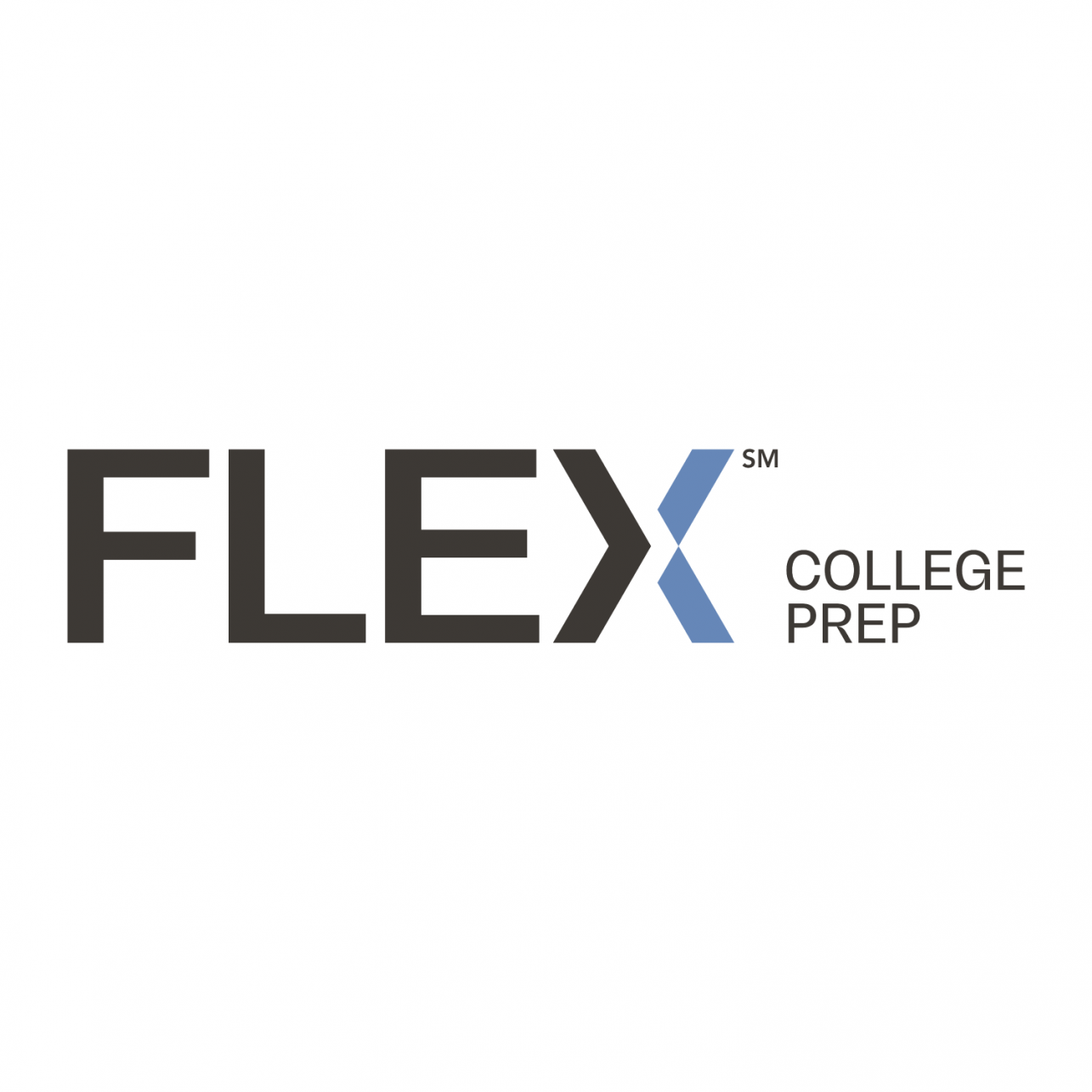I have a friend who, in many ways, is a typical parent. She loves her children; she wants them to be happy; she wants to give them the tools they need to be successful.
As a result, she often finds herself chauffeuring her kids to piano lessons, taekwondo, art. Most recently, she had her daughter (age 5) and son (age 4) begin an activity she feels is more important than all of their other activities combined: coding for kids.
Not long ago, English was the universal language. The ability to communicate fluently in English was considered indispensable, both academically and socially. Those who struggled with English found themselves at a considerable disadvantage, and parents invested considerable resources to ensure that their children were strong English communicators. In the technological world of today, where global connectivity is just one click away, there is a new language: the language of computers.
As far back as the 1960’s, prescient experts were arguing that computer science be part of a well-rounded education. By 2000, technology writers such as M. Mitchell Waldrop were calling programming “a fundamental intellectual skill, like mathematics.” In fact, some considered computer science even more important than something as basic as Calculus. “Calculus is generally considered part of a liberal education,” argued Alan Perlis, a pioneering computer scientist. He continued, “[While] Calculus is the study of rates, and rates are important to many fields…computer science is about process: Its specification, its execution, its composition, and its limitations. And process is important to everybody.”
Other, more prescient nations have taken the rise of the computer very seriously. Russia is building an “innovation city.” Saudi Arabia has poured 10 billion dollars into a new science and engineering university. Students in Asian countries are earning 2/3 more graduate degrees in STEM majors than those in America. Even in the US, the majority of students who are studying science and technology at American graduate institutions are Asians, according to the Wall Street Journal. This is particularly troubling when you consider the following statistics, reported by the San Jose Mercury News (a newspaper located at the heart of Silicon Valley):
- 1.4 million new jobs in computing will be created within the next ten years, more than all the other STEM (Science/Technology/Engineering/Math) areas combined.
- Only 400,000 students will earn BA’s in Computer Science during the same time
One of the reasons that American students are not studying computer science in college can be found much earlier on: in their high school, middle school, and even elementary school education. Students simply are not taught computers. This is as true in California as in any other state. Consider the following facts:
- 56% of California high schools don’t offer a single course in computer science
- In fact, since 2000, the number of computer science classes has fallen 34% and the number of computer science teachers has fallen 51%, even as the number of high school students has increased
- Only 175 of 4495 CA high schools even offer AP computer science
Is it any wonder, then, that the majority of CA students are uninterested in the language of technology? Most students’ exposure to technology remains that of a consumer. While teenagers may be expert texters, gamers, or Internet surfers, they are not able to understand the very basic tenets of the technological world that they inhabit. This puts them at a considerable disadvantage.
Many educators and policy-makers are beginning to take this problem seriously. At a macro-level, it is an issue that challenges America’s position as a leader among the world’s developed nations. At an individual level, it is an issue that will impact each student’s future ability to get a job, earn good wages, and even get into a competitive college—as more and more schools are beginning to show a marked preference for STEM-strong students.
What’s to be done?
Of course parents of children with an innate interest in computer science should foster this interest, enrolling students in the various classes, camps, and competitions available to them. Parents of children who do not demonstrate a particular interest in the world of computers should take an even stronger stance, exposing children to the language of computers as early as possible. This does not mean that all these students will go on to study computer science in college, just as studying English grammar does not mean that students will go on to become English majors. However, learning this language early on will give students a significant advantage in this brave new world.
My friend is starting her kids young. At an age when language acquisition and retention is highest, her daughter and son are learning the language of logic and technology. They are not aware, perhaps, that the “games” they are playing are teaching them how to “speak computer-ese”, but they are picking up the basic grammar with the speed and ease common to children. Unfortunately, such a simple solution was not easy to come by. Most coding and computer programming courses are targeted for older children, and so I helped her to create her own. However, we are fully convinced that it was worth the effort.
Think of it like English. In this increasingly digital world, would we want our children to speak the language of the future like an immigrant? Or fluently?

Students need to stand out in the competitive admissions landscape. FLEX College Prep is a team of the best strategists in the industry and takes a holistic approach to ensure students use their pre-college years in intentional, enriching, and personally satisfying ways. Since 2001, we’ve worked with families to help students unlock their potential and find happiness, meaning, and success in college and beyond.


































